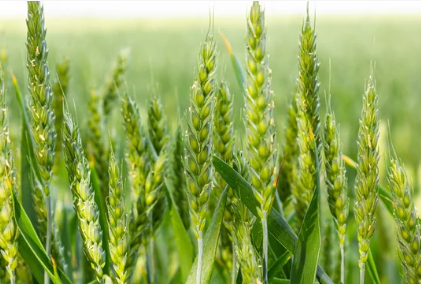
BLOG
The changing weather patterns ahead of the start of summer crop season in South Africa

From October 2024, farmers and farm workers across South Africa will be hard at work, tilling the land. We will start the 2024-25 production season for maize, soybeans, sunflower seeds, sorghum, groundnuts, and dry beans.
However, the soil preparation activity in October will primarily be in the eastern regions of South Africa. The western areas of the country will start the planting in November. This variation, in part, is caused by rainfall patterns.
The start of the 2024-25 season also means we are now back to closely monitoring the weather conditions. Some global weather forecasters have indicated the possibility of La Nina this coming season. Such a weather event typically brings above-normal rainfall. And this would be a relief after a drier season.
However, there remains uncertainty about the intensity of this weather event.
Over the weekend, the South African Weather Service also released an update in its monthly Seasonal Update report, indicating that “The El Niño-Southern Oscillation (ENSO) is currently still in a Neutral state and is predicted to weaken further. Current predictions indicate the development of a La Nina state during the start of the summer season, however, there is still significant uncertainty in the predictions. It is advised to monitor the ENSO system, as significant changes in the system may occur after the winter period due to increased prediction skill. Current predictions focus on the spring and early summer seasons and indicate wetter conditions along the south-eastern coastal areas during spring and the central parts in early summer.”
We are emerging from a tough season of mid-summer drought that resulted in significant crop losses in South Africa and the Southern Africa region. For example, South Africa's Crop Estimates Committee forecasts 2023-24 summer grain and oilseeds at 15,69 million tonnes, down 22% from the previous season because of the yield losses resulting from the midsummer drought. This figure comprises maize, sunflower seeds, soybeans, sorghum, and groundnuts.
Thus, we are all looking at the weather forecasts with optimism that we may receive above-normal rains that most areas of the country badly need. Favourable rainfall would provide much needed relief and a period of recovery in agricultural production in South Africa, and across the Southern Africa region.
As farmers prepare for the start of the season, we will need to monitor these weather forecasts closely. For now, the indications remain optimistic.
WANDILE SIHLOBO

0 COMMENTS
LEAVE A COMMENT